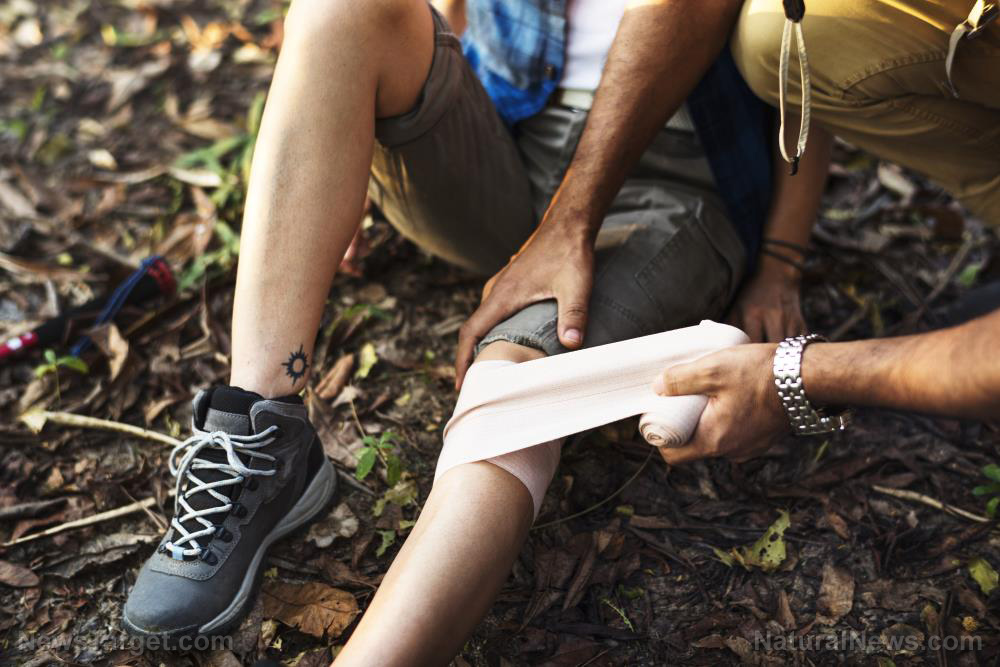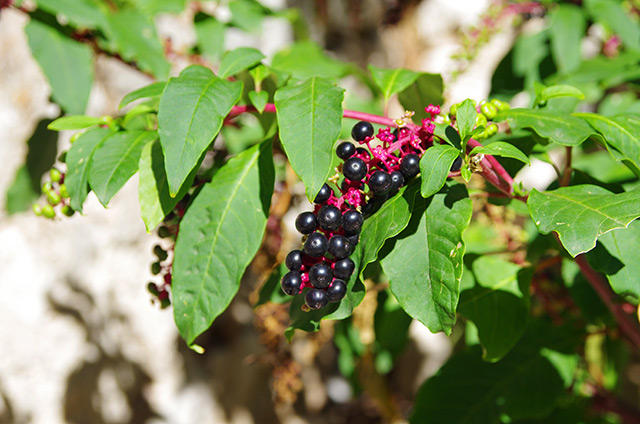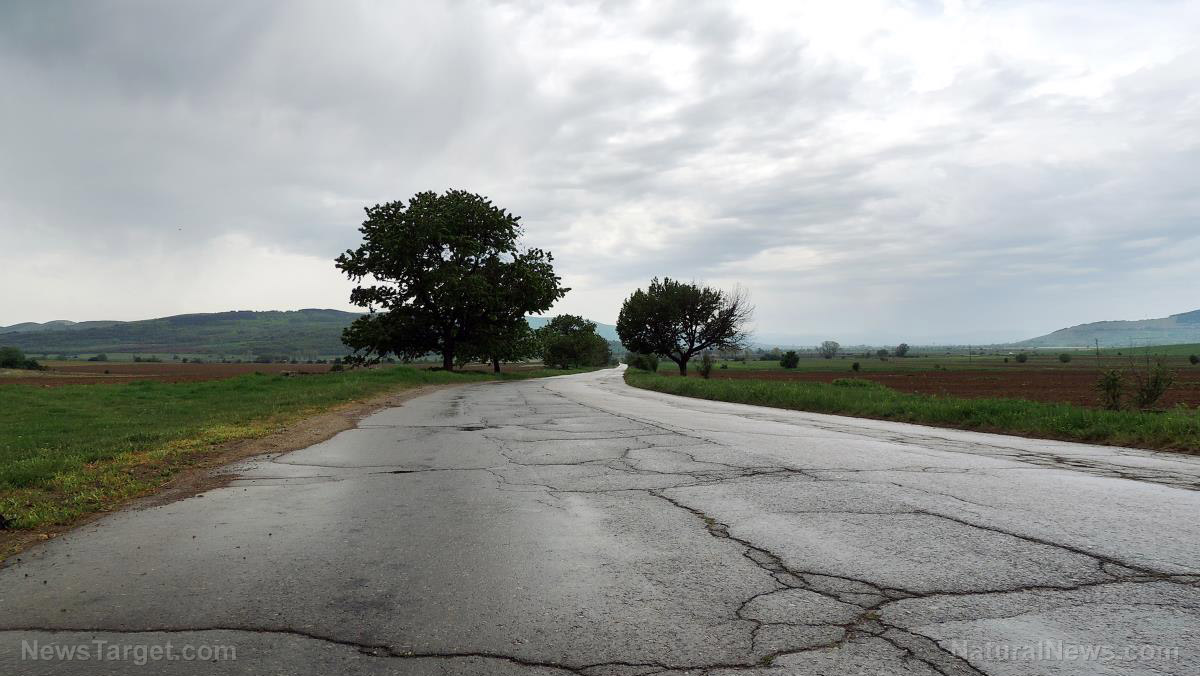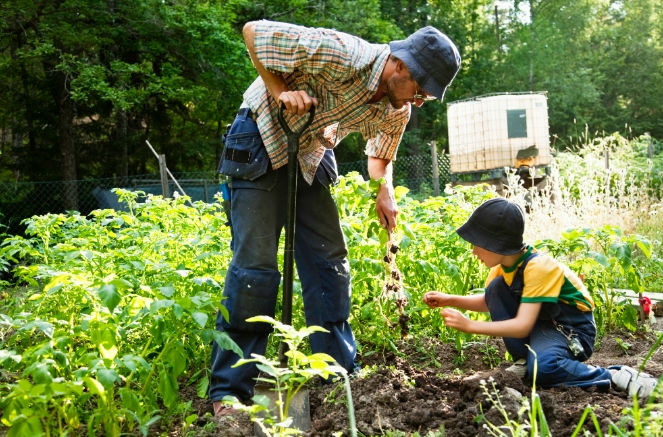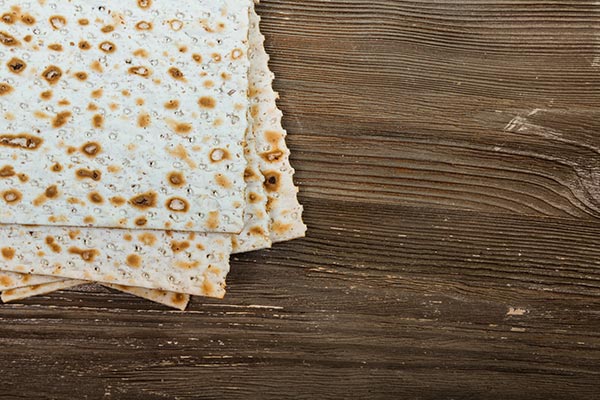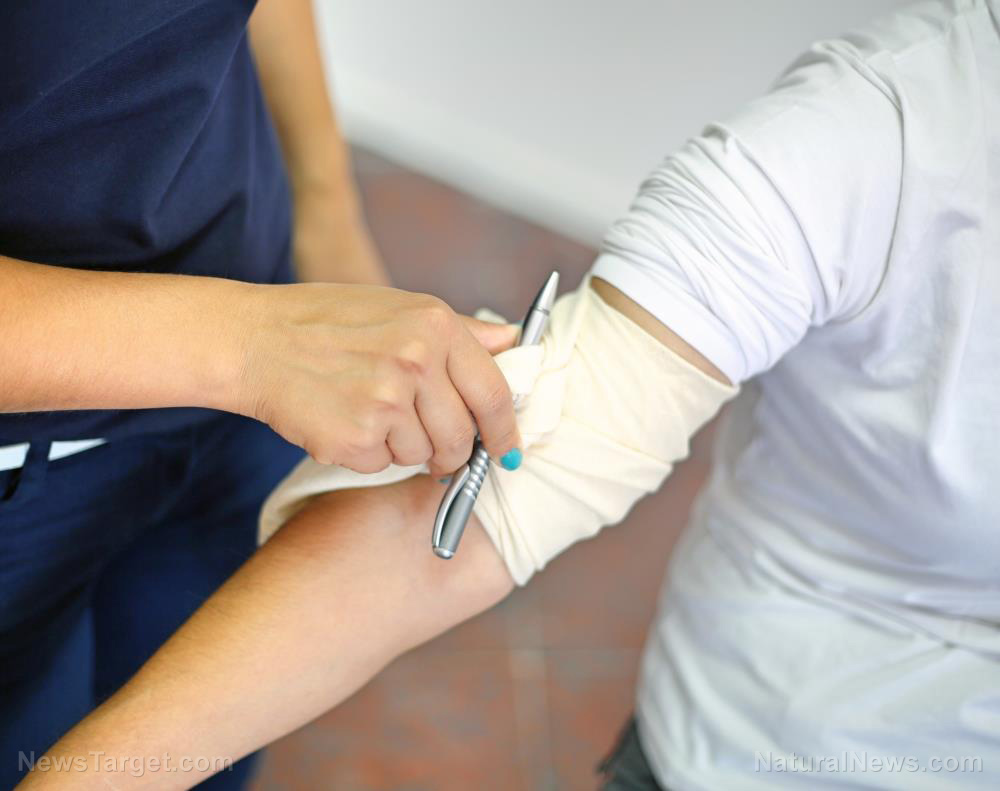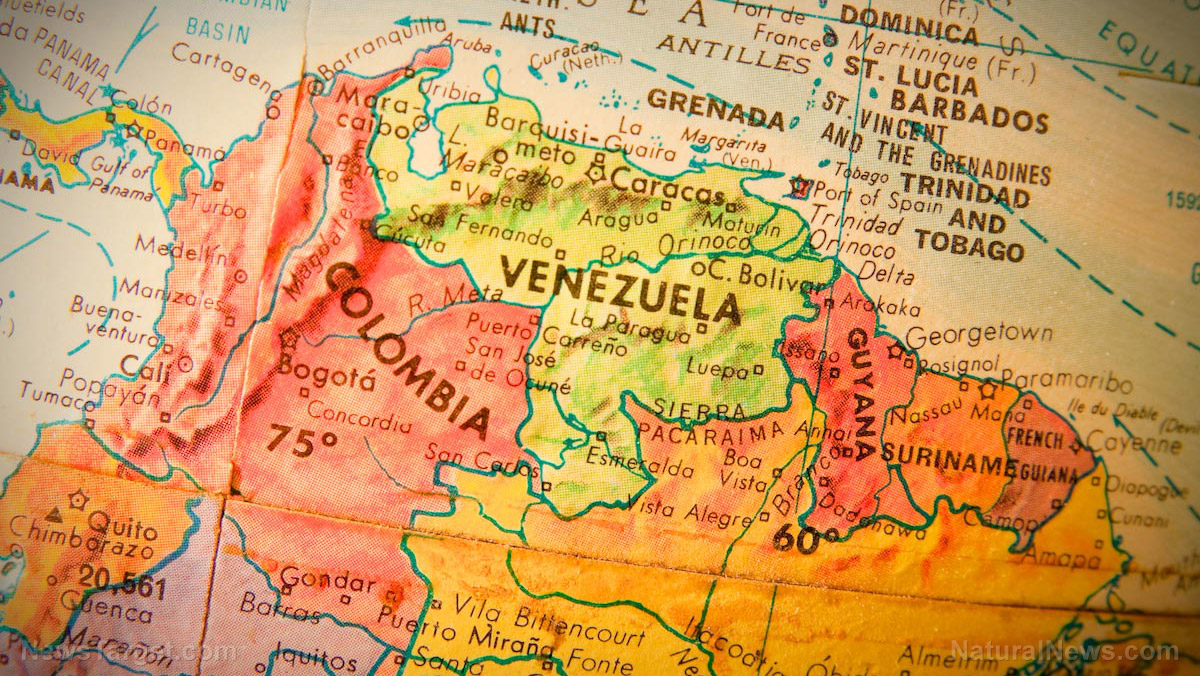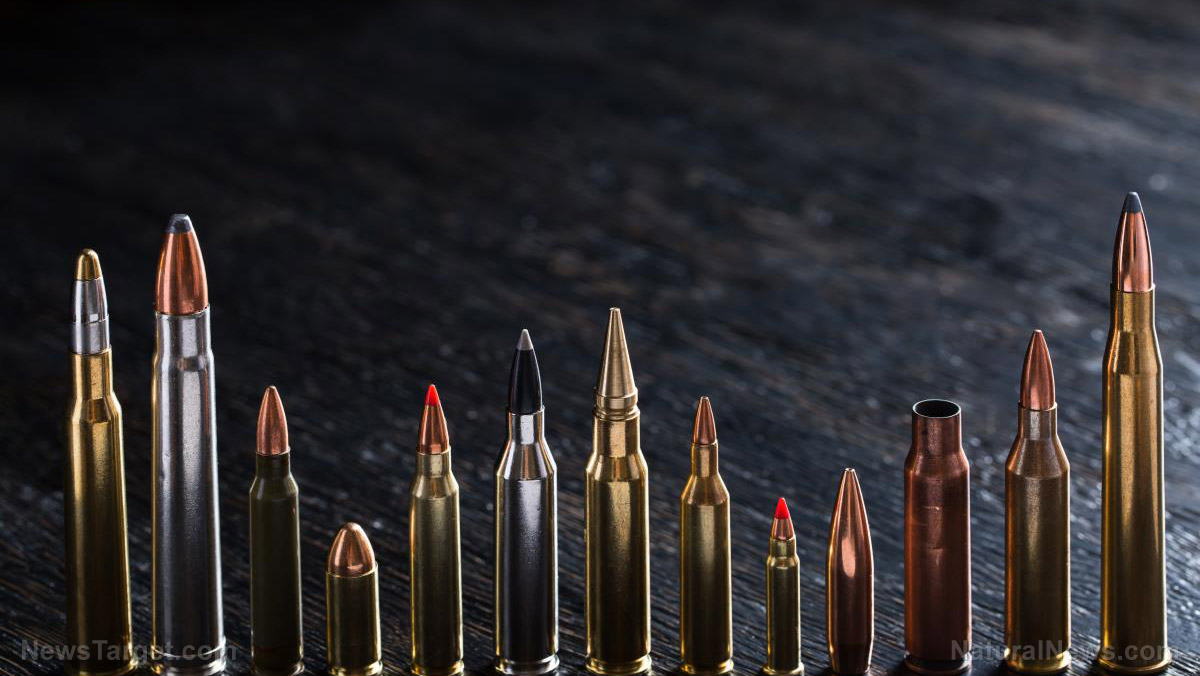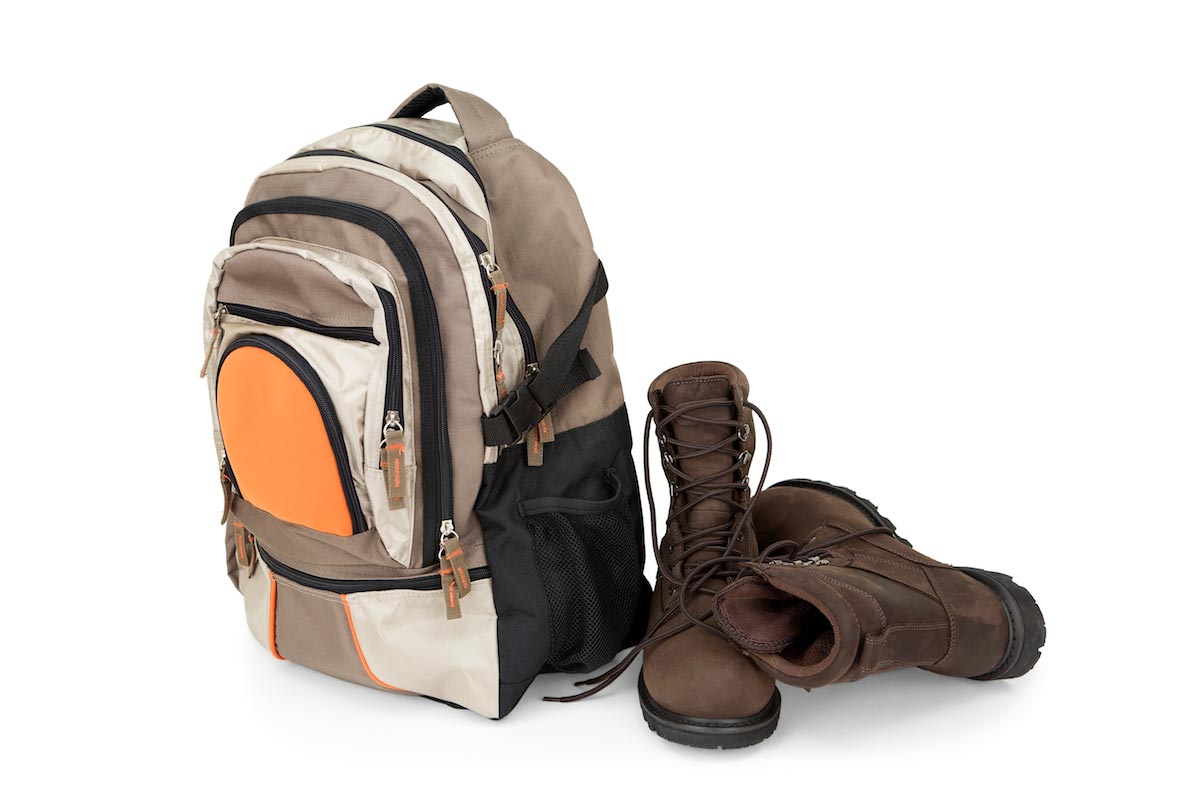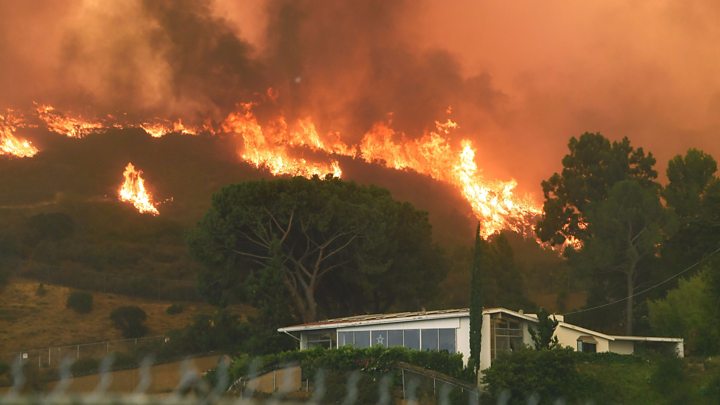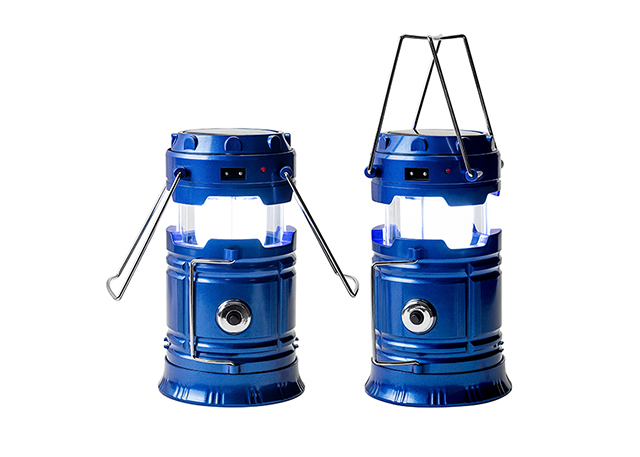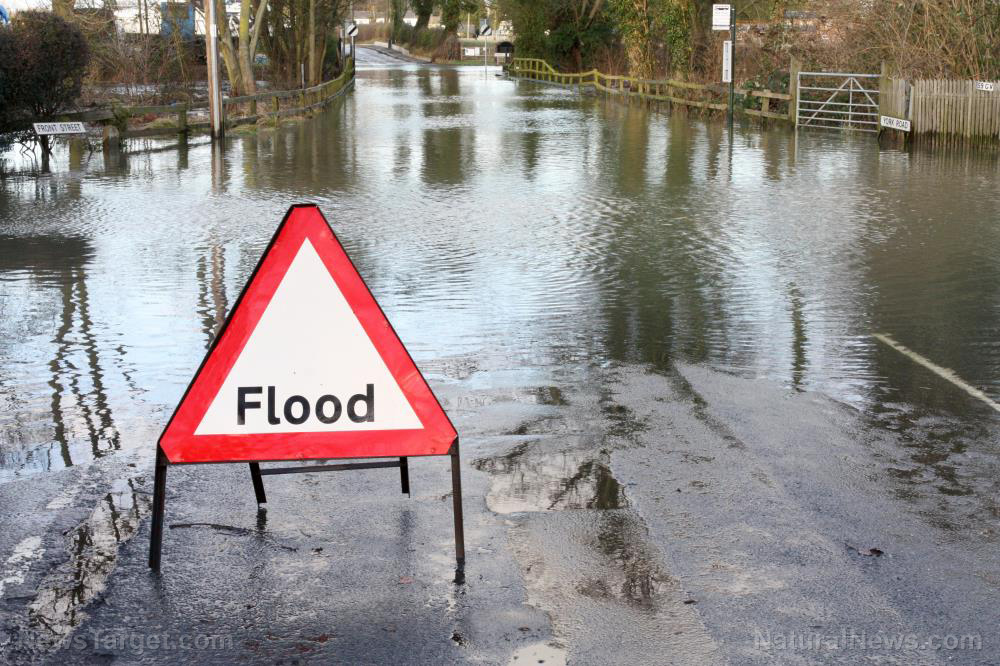Don’t just carry your survival gear, learn how to use it well before disaster strikes
10/17/2019 / By Grace Olson

People underestimate the uses of common items they carry each day. People can invest in top-of-the-line bags and bug-out kits, but even the most mundane items can contribute to your survival. The key is in knowing how to use them when disaster strikes. (h/t to ApartmentPrepper.com)
1. A sturdy backpack
Everyone has a backpack or two at home, but not everyone uses it. However, a backpack is a lot more important than you think. When an emergency happens, your backpack and the items inside it are all that you have for your survival.
Invest in a sturdy backpack. If you don’t want to be too obvious with a tactical backpack, buy a reliable leather backpack instead. Find one that has a lot of compartments where you can hide a lot of items. Moreover, you can organize these items according to their purpose, like medical supplies or food supplements.
2. Poncho
It’s good sense to be prepared for any type of weather. An umbrella is convenient for rainy or sunny weather. However, they break quickly and are easily lost.
Buy a poncho instead. They are easily stored and easy to wear. Moreover, they can be used in other ways, like setting up a temporary shelter or used as a sheet to cover items.
3. Food and water
Always bring a water bottle with you. Not only will it keep you hydrated on any average day, it will also be a crucial container for water when SHTF. (Related: Always ready: Prepper gear for short- and long-term survival.)
As for food, always carry protein or granola bars in your backpack. These will serve as temporary sources of energy before you can restock on food supplies. Even if nothing happens, they can always be energy-boosting treats to snack on.
Sponsored solution from the Health Ranger Store: Lab-verified Nascent Iodine solution is a dietary supplement that provides your body with supplemental iodine to help protect your thyroid during radiation exposure. Nuclear accidents such as Fukushima (or nuclear war) can expose your body to radioactive iodine-131, a dangerous radioisotope. Pre-loading your system with stable iodine occupies the iodine receptor sites on your organs, causing your body to naturally expel radioactive iodine you may have been exposed to through air, food, water or milk products. This defensive strategy is recommended by nearly all health authorities, worldwide, including the Nuclear Regulatory Commission. Discover more at this link.
4. Shoelaces
Shoelaces are strong bundles of string, which offer a wide variety of uses. They can be used to tie your poncho to trees for shelter. Tie them together, and they become a fishing line. They can also be used to hold branches and wood to make it easier to carry them.
5. Lighter
Lighters are convenient for starting fires. Having a reliant fire starter ensures warmth at night and a way to prepare food. However, lighters eventually run out of fuel, so it’s best to have a spare one and learn other methods of starting fires.
6. Condoms
Condoms stretch easily and can hold large amounts of water. In case you don’t have a water bottle, condoms can serve as a temporary container. Aside from that, it can also be used as a waterproof storage for other items, like matches. Along with its compact size and light weight, they can become essential in any survival scenario.
7. Dental floss
Dental floss is not only used for cleaning teeth. It’s made from sturdy materials that can be useful in the wild. If you know how to use it, it can be used as a fishing line or a snare for catching animals. Like shoelaces, it can be used to tie bundles of sticks and other items.
8. Wristwatch
If you don’t feel the need for a wristwatch, turn it into a mini survival kit instead. Remove the face and all the gears inside the watch and fill the empty space with other survival items like wire, dental floss, a paper clip, a magnet, aspirin, and match heads.
9. Garbage bags
Campers commonly bring garbage bags for trash and other waste, but their use is not limited to that. You can turn them into a makeshift poncho, a sheet for shelter or sleeping, and a bag for other items. If you stuff it with leaves, it can become an improvised pillow.
10. Pen and paper
A lot of people don’t carry pen and paper anymore. However, in an SHTF scenario, these items become indispensable. You can jot down data on fellow survivors, survival tips, and map places and resources. Overall, they are must-haves in your survival kit.
Learn how to use your common everyday items for any scenario. They may be key to your survival in the future. Find out other tips and tricks on staying alive in every disaster scenario at Disaster.news.
Sources include:
Tagged Under: backpack, bug out, common items, condoms, dental floss, disaster, fire starter, garbage bags, Gear, homesteader, homesteading, household items, how-to, lighter, off grid, pen and paper, poncho, preparedness, prepper, prepping, shoelaces, SHTF, survival, survival gear, survival tools, survivalist, wristwatch
RECENT NEWS & ARTICLES
COPYRIGHT © 2017 · SURVIVAL NEWS

